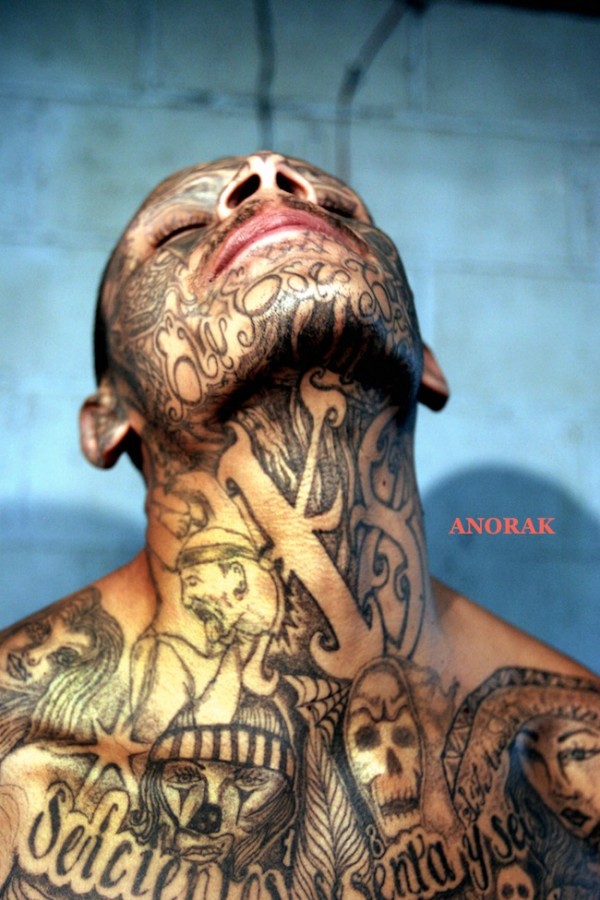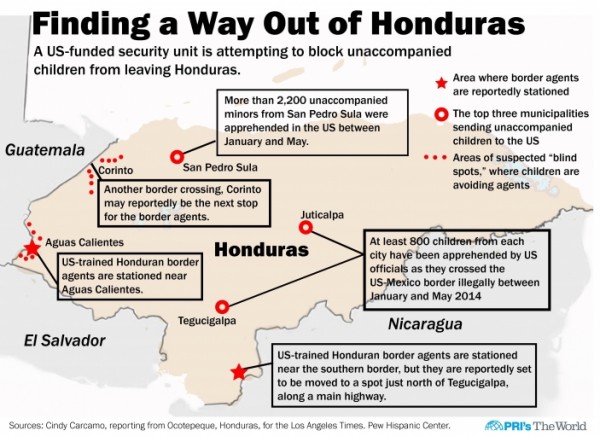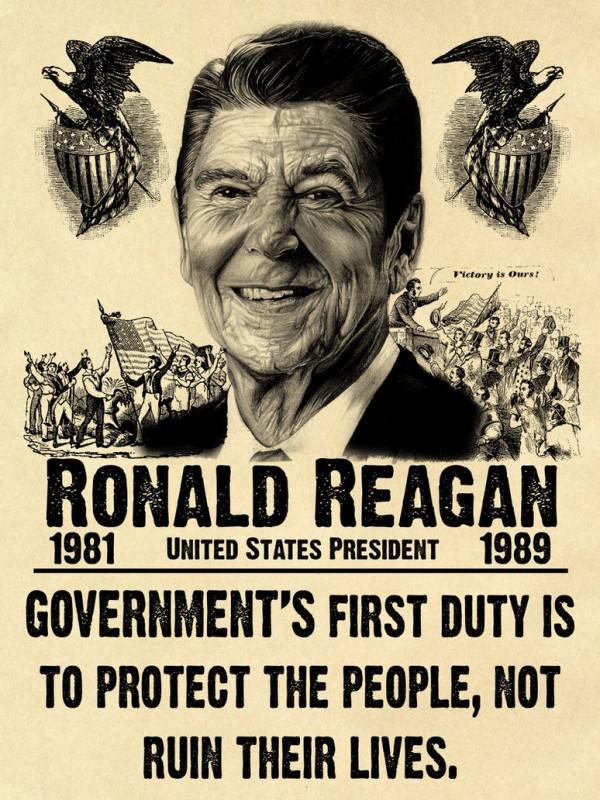
Photo via ANORAK
NEW YORK TIMES: Cristian Omar Reyes, an 11-year-old sixth grader in the neighborhood of Nueva Suyapa, on the outskirts of Tegucigalpa, tells me he has to get out of Honduras soon — “no matter what.” In March, his father was robbed and murdered by gangs while working as a security guard protecting a pastry truck. His mother used the life insurance payout to hire a smuggler to take her to Florida. She promised to send for him quickly, but she has not. Three people he knows were murdered this year. Four others were gunned down on a nearby corner in the span of two weeks at the beginning of this year. A girl his age resisted being robbed of $5. She was clubbed over the head and dragged off by two men who cut a hole in her throat, stuffed her panties in it, and left her body in a ravine across the street from Cristian’s house. […]
Children still leave Honduras to reunite with a parent, or for better educational and economic opportunities. But, as I learned when I returned to Nueva Suyapa last month, a vast majority of child migrants are fleeing not poverty, but violence. As a result, what the United States is seeing on its borders now is not an immigration crisis. It is a refugee crisis. Gangs arrived in force in Honduras in the 1990s, as 18th Street and Mara Salvatrucha members were deported in large numbers from Los Angeles to Central America, joining homegrown groups like Los Puchos. But the dominance in the past few years of foreign drug cartels in Honduras, especially ones from Mexico, has increased the reach and viciousness of the violence. As the United States and Colombia spent billions of dollars to disrupt the movement of drugs up the Caribbean corridor, traffickers rerouted inland through Honduras, and 79 percent of cocaine-smuggling flights bound for the United States now pass through there.
Narco groups and gangs are vying for control over this turf, neighborhood by neighborhood, to gain more foot soldiers for drug sales and distribution, expand their customer base, and make money through extortion in a country left with an especially weak, corrupt government following a 2009 coup. Enrique’s 33-year-old sister, Belky, who still lives in Nueva Suyapa, says children began leaving en masse for the United States three years ago. That was around the time that the narcos started putting serious pressure on kids to work for them. At Cristian’s school, older students working with the cartels push drugs on the younger ones — some as young as 6. If they agree, children are recruited to serve as lookouts, make deliveries in backpacks, rob people and extort businesses. They are given food, shoes and money in return. Later, they might work as traffickers or hit men.
Continue reading the main story
Teachers at Cristian’s school described a 12-year-old who demanded that the school release three students one day to help him distribute crack cocaine; he brandished a pistol and threatened to kill a teacher when she tried to question him. At Nueva Suyapa’s only public high school, narcos “recruit inside the school,” says Yadira Sauceda, a counselor there. Until he was killed a few weeks ago, a 23-year-old “student” controlled the school. Each day, he was checked by security at the door, then had someone sneak his gun to him over the school wall. Five students, mostly 12- and 13-year-olds, tearfully told Ms. Sauceda that the man had ordered them to use and distribute drugs or he would kill their parents. By March, one month into the new school year, 67 of 450 students had left the school. Teachers must pay a “war tax” to teach in certain neighborhoods, and students must pay to attend.
Carlos Baquedano Sánchez, a slender 14-year-old with hair sticking straight up, explained how hard it was to stay away from the cartels. He lives in a shack made of corrugated tin in a neighborhood in Nueva Suyapa called El Infiernito — Little Hell — and usually doesn’t have anything to eat one out of every three days. He started working in a dump when he was 7, picking out iron or copper to recycle, for $1 or $2 a day. But bigger boys often beat him to steal his haul, and he quit a year ago when an older man nearly killed him for a coveted car-engine piston. Now he sells scrap wood.
But all of this was nothing, he says, compared to the relentless pressure to join narco gangs and the constant danger they have brought to his life. When he was 9, he barely escaped from two narcos who were trying to rape him, while terrified neighbors looked on. When he was 10, he was pressured to try marijuana and crack. “You’ll feel better. Like you are in the clouds,” a teenager working with a gang told him. But he resisted.
He has known eight people who were murdered and seen three killed right in front of him. He saw a man shot three years ago and still remembers the plums the man was holding rolling down the street, coated in blood. Recently he witnessed two teenage hit men shooting a pair of brothers for refusing to hand over the keys and title to their motorcycle. Carlos hit the dirt and prayed. The killers calmly walked down the street. Carlos shrugs. “Now seeing someone dead is nothing.” MORE
[Click HERE to enlarge]
DALLAS NEWS: Beyond San Pedro Sula’s wide avenues, filled with U.S. fast-food chains, foreign manufacturing firms and high-end malls, lies a city of 900,000 haunted by remnants of the Central American wars of the 1980s, the root cause of the current crisis, experts say. The 1980s were marked by the anti-communist policies of the Reagan administration, which included billions of dollars in military aid to the region, including aid for the anti-Sandinista Contra rebels in neighboring Nicaragua. Tens of thousands of people were killed thoughout the region. Peace accords were signed, but the region never fully recovered and is still marked by political instability, land disputes and, more recently, the explosion of gangs, including the MS-13 and MS-18. Those gangs, known as Maras, were spawned in the ghettos of Los Angeles and other U.S. cities, drawing their members from earlier waves of Central American immigrants. As these members were arrested, incarcerated and eventually deported, they re-established their criminal organizations in the struggling countries of Central America. Over the years they have grown into powerful crime networks, joining forces with Mexican cartels, including the Zetas, which use this Central American country as a pathway between South and North America. The result is pervasive violence. Military officials attribute up to 90 percent of killings to drug violence. MORE
PHAWKER: Just to clarify, ‘people’ is short for ‘white people.’


